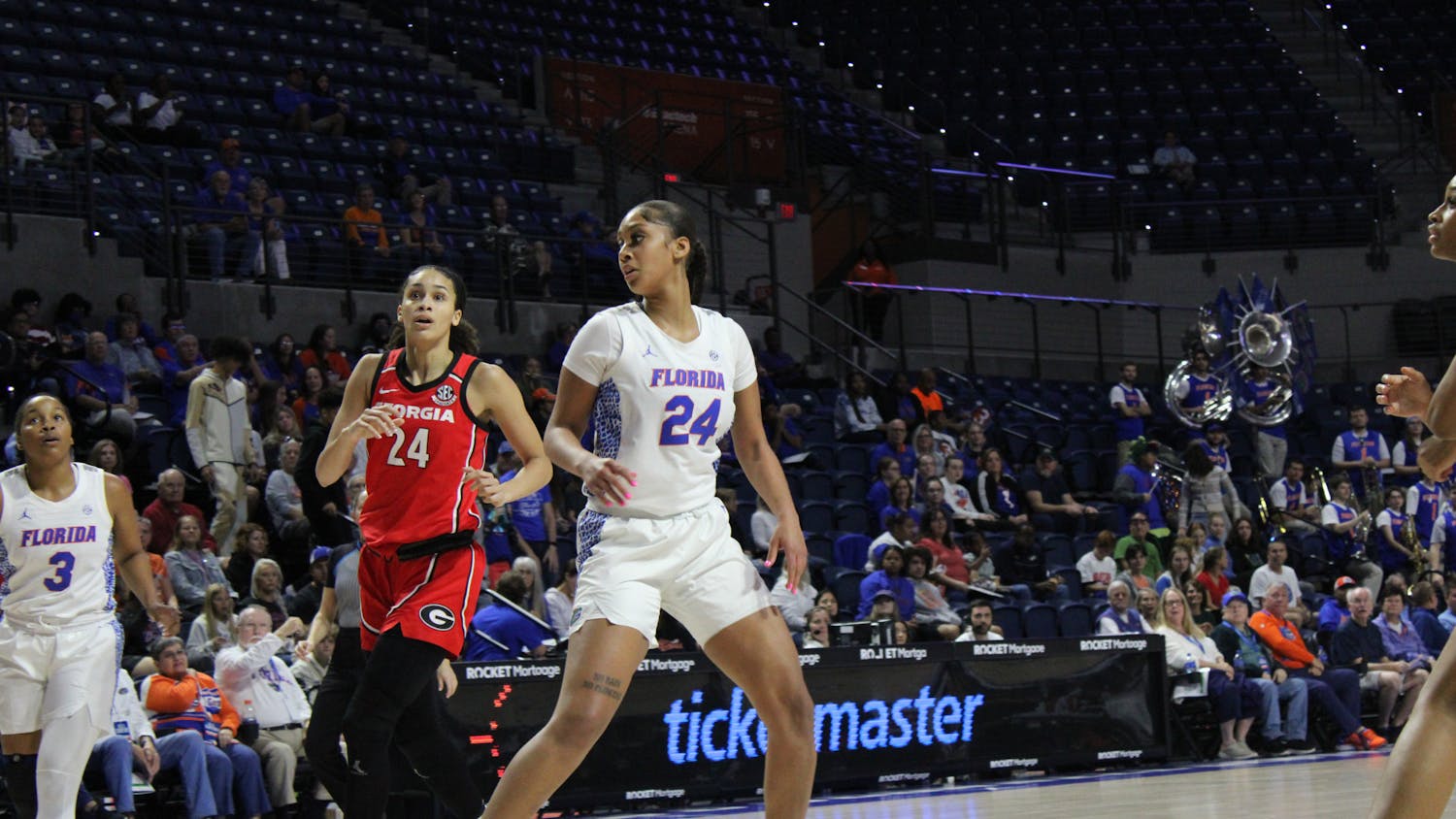Today’s student is someone who has to balance classes, a number of extracurricular activities and, last but certainly not least, find a way to pay rent. Students who have multiple responsibilities other than their classes are two times more likely to drop out as opposed to those who don't. This statistic is startling, because it is clear that almost every student has outside obligations to balance. Our view of what the average college student looks like is generally far from reality. Forty percent of students in the U.S. attend college on a part-time basis, while the average student works 19 hours a week. About 40 percent of students are above the age of 25, and the number of students in minority groups attending higher education institutions is on the rise. These statistics prove the laws and practices in place pertaining to students and college need to be re-evaluated and changed. A shift in policy to represent the ever-changing college student would assist millions of individuals throughout the country.
Throughout the past couple of months, I have been interviewing a number of students, asking them how their college experience is not “typical,” and I have received a variety of answers. One student said he has not gone home for a holiday in the past two years because he views time off from school as a chance to make more money so he can get ahead on rent. Another student mentioned her lack of knowledge about loans cost her dearly; she will end up paying more than $35,000 for a $7,000 loan.
Although money is an issue that typically arises, there are also other issues that influence a student’s life. One example is of a mother taking classes at UF who struggles to find someone to look after her child while she is in class. She sometimes finds herself having to bring her daughter to class with her so she doesn’t have to miss any class. While some students are lucky enough to have parents or guardians helping them along their journey, there are far too many students who feel they are alone in figuring out the complexities of higher education.
The variety of issues students face is vast and needs to be taken into consideration when thinking about who today’s students truly are. If there is going to be improvement in keeping students on track with getting their degrees, there needs to be a shift in policy at both the national and local levels. In the upcoming presidential election, presidential candidates Hillary Clinton and Donald Trump have the duty to address the problems in the higher education system. From addressing the staggering costs of attending a university to providing information so a student can easily compare institutions he or she is considering, is vital. But simply addressing this will not help the millions of students that are affected by an extremely complicated higher education system. On a school-to-school basis, there is action that can be taken to help students be more prepared for their lives after graduation. Programs that get students involved in their community are not only good for students but the general public as well. If steps like these are taken, I believe many students will be able to complete their degree in a timely fashion while also being better prepared for the post-graduation world.
Jordan Morang is a political science junior.





